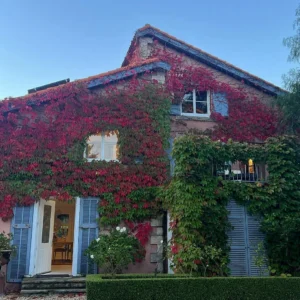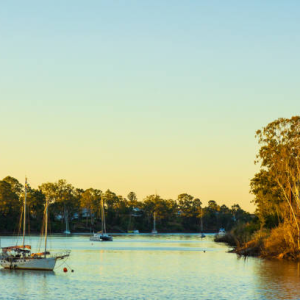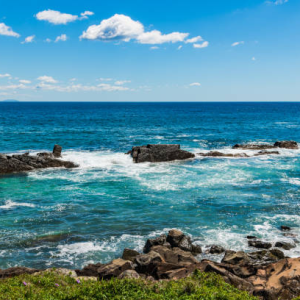New South Wales’ Blue Mountains are a dazzling natural wonder that attracts travelers from around the globe. The mountains are famous for their dramatic scenery, deep canyons, and expansive eucalyptus forests, which offer many different activities for nature lovers, thrill-seekers, and anyone looking to relax in beautiful surroundings. This area is part of the Greater Blue Mountains World Heritage Site – UNESCO recognized it as such because of its significant biodiversity and outstanding beauty.
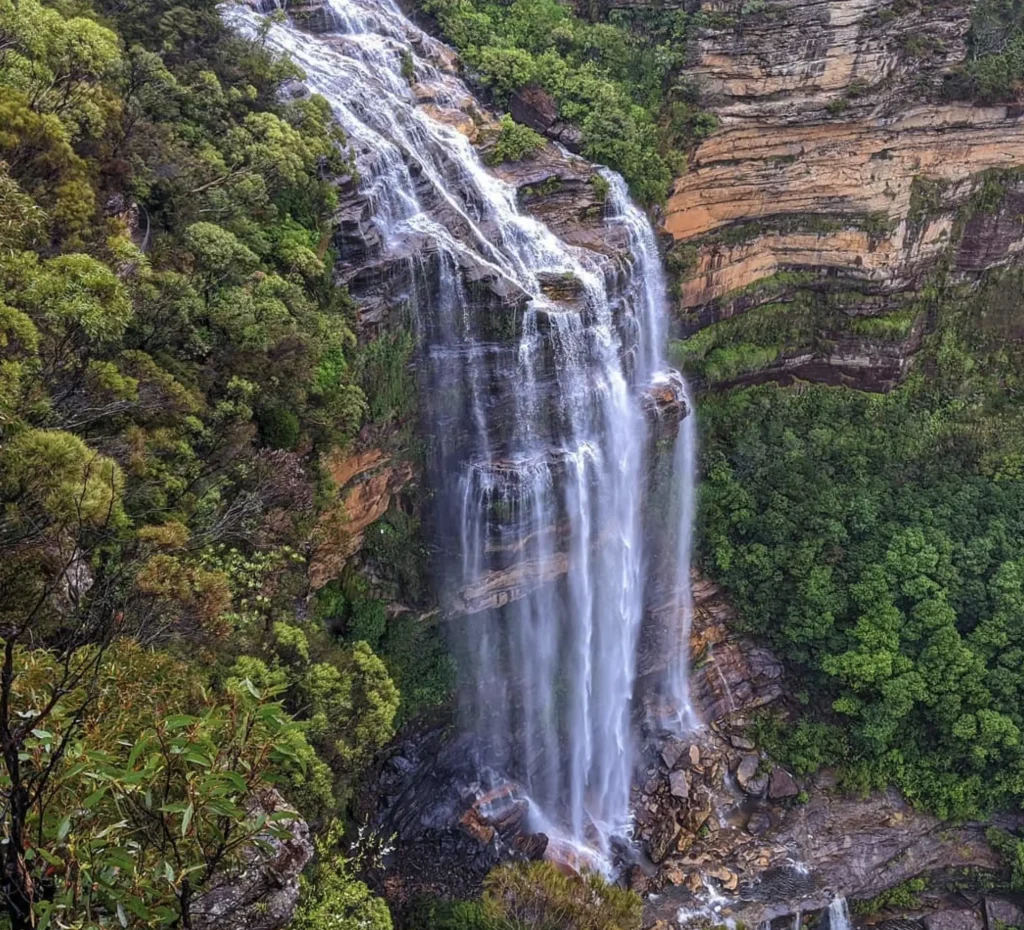
Significance and Status As A World Heritage
The Blue Mountains are not only significant to Australia’s natural history but also its cultural past; this place was inhabited by aboriginal tribes such as Darug or Gundungurra people who had strong ties with their land. Having world heritage status means that this region should be preserved in order not only protect various ecosystems living here but also rare plants and animals among them too. Moreover, being given such a title points out the necessity of conservation work along with sustainable tourism so that future generations could enjoy these environments too.
Distinctive Features Of The Blue Mountains
What makes the Blue Mountains different?
Unique geographical and ecological features distinguish this national park from others around it: One is its eucalyptus trees which produce oils causing a bluish tinge seen on sunny mornings after rain has fallen during nighttime hours while another feature includes sandstone cliffs where multiple waterfalls cascade down into deep gorges making perfect condition for hiking lovers who want to see nature at its best.
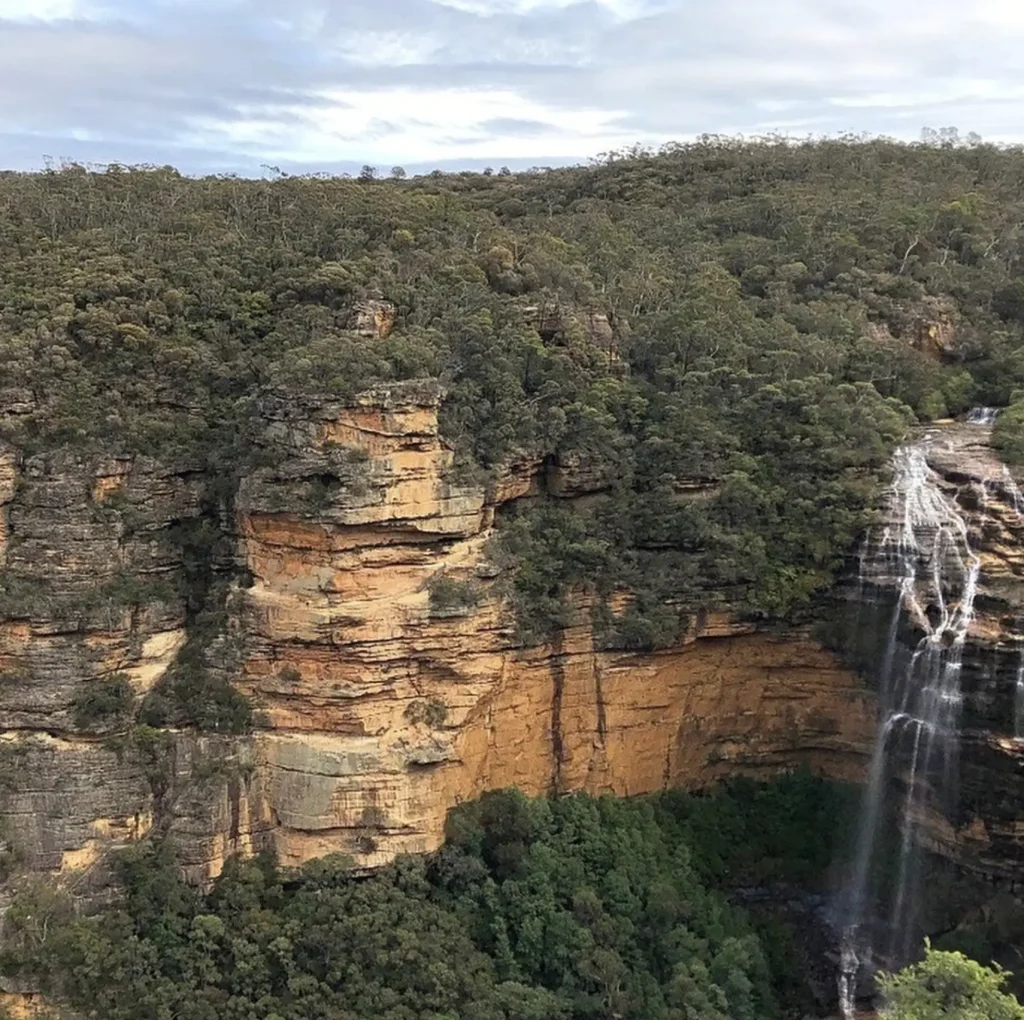
Where Are The Blue Mountains Located?
Situated about 80km westwards behind Sydney city limits (Australia), they stretch out over 11,400 square kilometers, ranging through many types of landscape starting with dense rainforests before finishing at rugged cliffsides.
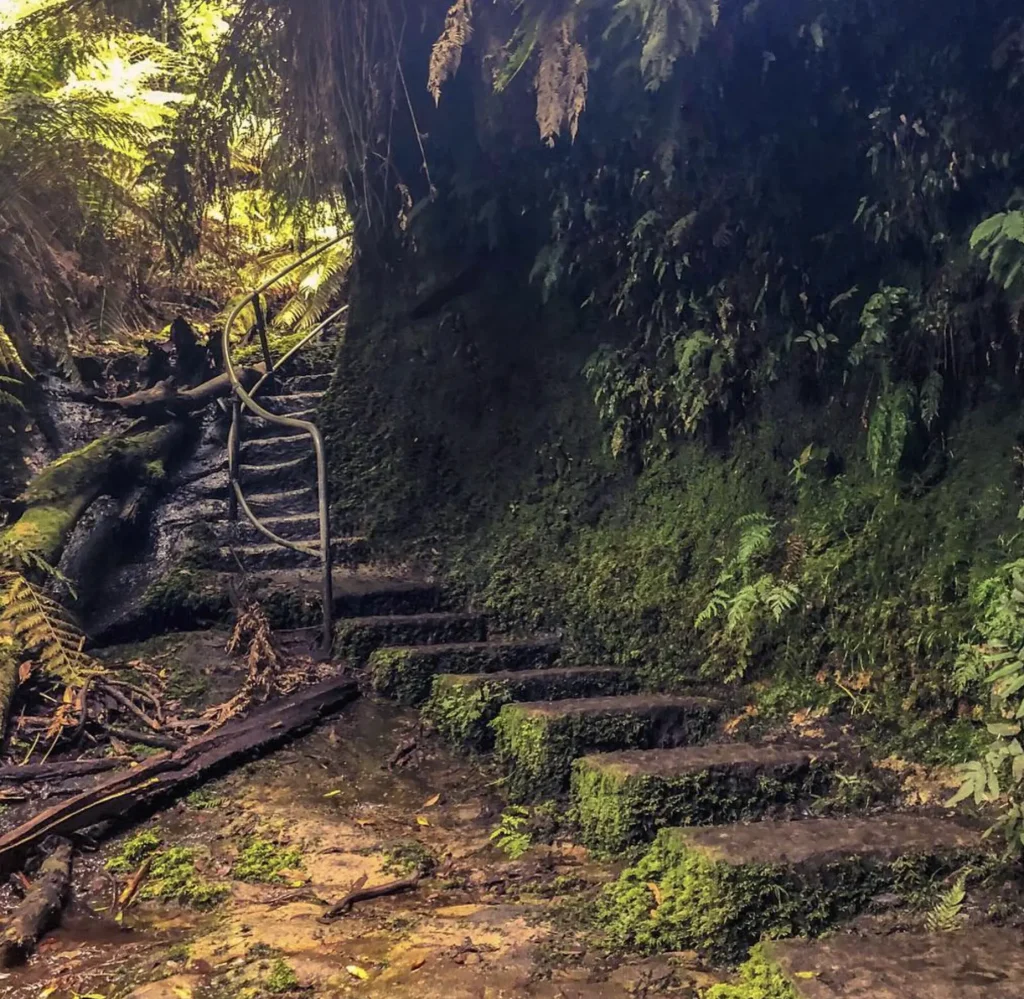
How Do I Get To The Blue Mountains From Sydney?
Getting there from Sydney is easy:
Public transport options include trains or buses: Trains depart frequently from Central Station towards Katoomba – the main town within the Blue Mountains region; it takes approximately two hours’ journey time allowing for some great scenery along the way. As for buses, they leave Sydney city centre and go straight to various spots in the Blue Mountains which are not accessible directly by train.
Driving directions plus car hire: If you prefer driving yourself then renting a car is recommended because driving in one’s own vehicle gives more freedom than using public transport. It will take about an hour and a half to drive from Sydney CBD through M4 Motorway towards Katoomba – this being the most direct route.
When Is The Best Time To Visit The Blue Mountains?
Seasonal Highlights
Spring (September – November): Mild weather makes spring perfect for hiking when wildflowers come into bloom all over the place. It’s also a good time for picnicking and other outdoor activities since the temperature is just right during this period of the year.
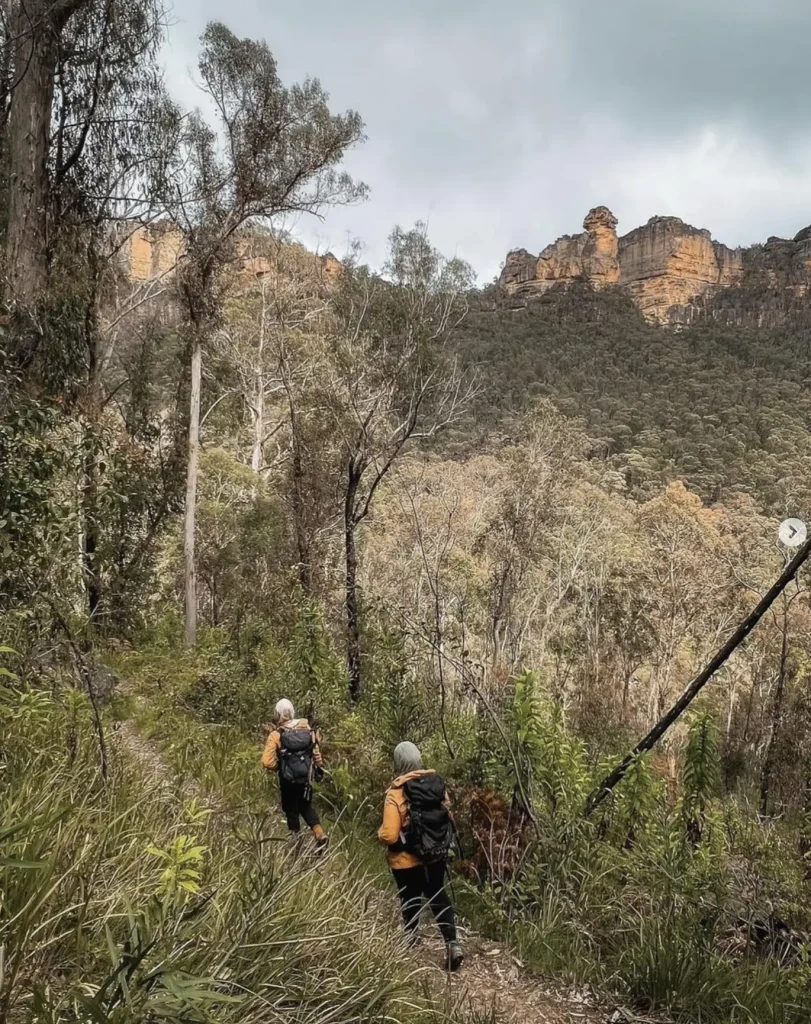
Summer (December – February): This is when it starts heating up so people can do more walking on tracks as well as enjoying themselves outdoors doing different kinds of things like swimming or paddle boating etc. However, keep in mind that this tends to be the busiest period with most tourists coming around these times.
Autumn (March – May): The season of autumn provides lower temperatures and eye-catching foliage as the leaves change their color. This time is suitable for people who want to avoid the summer crowd but still have good weather.
Winter (June – August): Winter in the Blue Mountains can be magical, especially if you are lucky enough to have snowfall at higher elevations such as Katoomba or Blackheath. It’s a great time for cozy retreats and taking in some fresh mountain air.
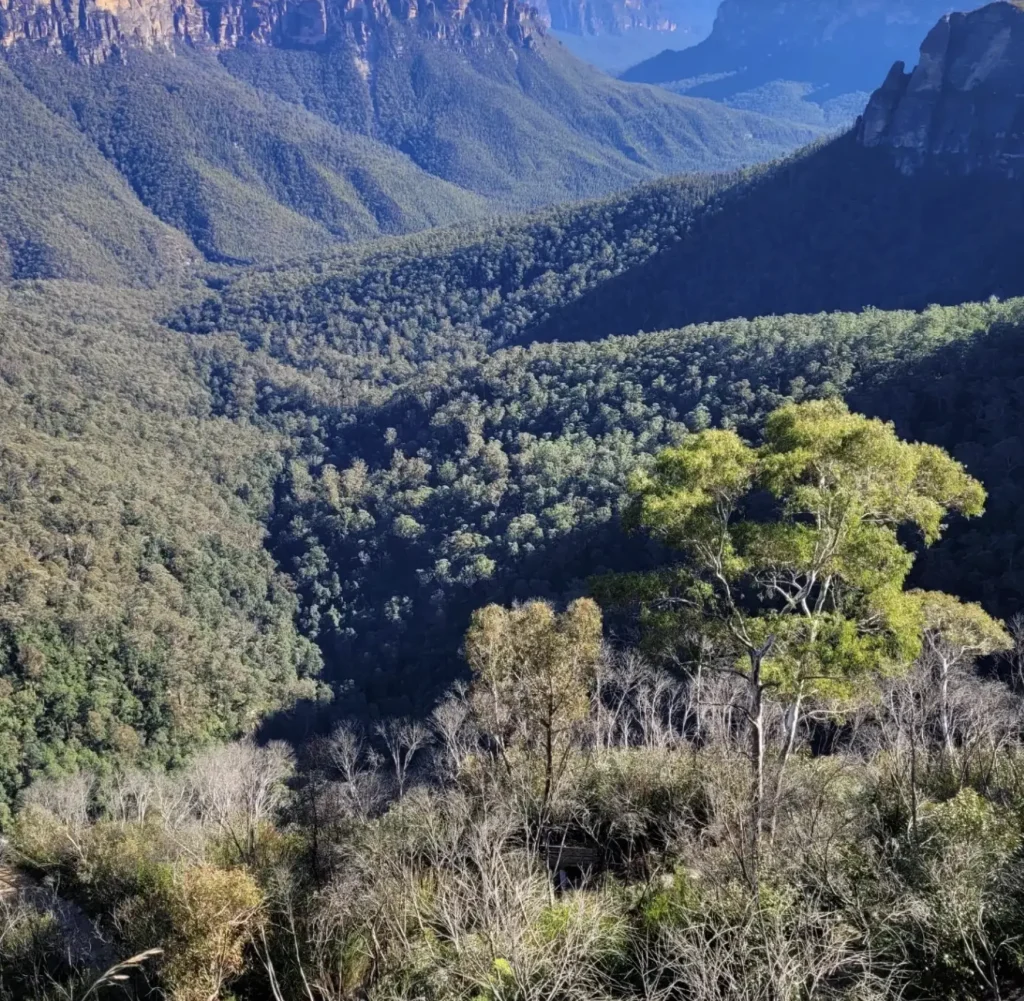
Climate and Weather Patterns
The Blue Mountains has a temperate climate with significant temperature variation between seasons. Summer is warm with average highs of around 22-25°C while winter can get quite cold, dropping below freezing at night in higher areas.

When to See Snow in the Blue Mountains
For those seeking snow, winter is the best time to visit – particularly July and August. Areas such as Katoomba and Blackheath sometimes receive snowfall which makes for a picturesque winter wonderland.
Top Attractions & Natural Wonders
Leura Cascades
Leura Cascades is an idyllic spot boasting tranquil walking trails, picnic areas, and breathtaking views of waterfalls cascading down into pools. Located near Leura village, it offers easy walks suitable for all fitness levels, making it popular among families and casual hikers alike. Surrounded by lush greenery with water flowing gently over rocks – this place offers peace away from city noise.
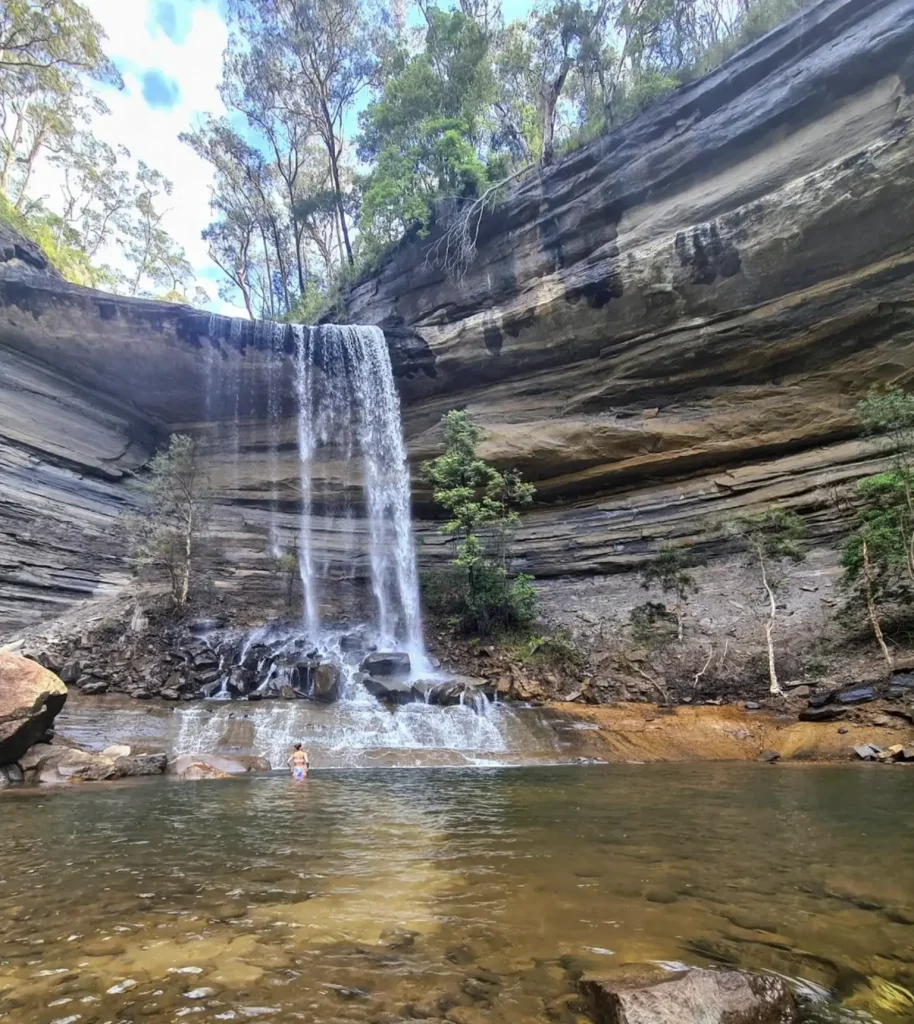
Leura Forest
Leura Forest feels like stepping into another world – surrounded by shade-clothed trees creating a cool environment even on hot days this dense area allows visitors an up-close experience of the natural beauty that lies within the Blue Mountains. The forest can be accessed through various walking tracks including Prince Henry Cliff Walk which connects multiple lookouts along its route. There are lots of ferns lining these paths together with other native plants providing perfect spots for rest where one can soak up serenity around. For those who love bird watching or spotting wildlife this is an ideal location.
Megalong Valley
Megalong Valley offers sweeping vistas, picturesque rural scenery, and a range of outdoor activities to enjoy. Horse riding tours are available throughout the valley providing a unique way to explore this beautiful area. The fertile land also boasts vineyards and local produce making it a great destination for foodies. Visitors can indulge in wine tastings at Megalong Creek Estate, try out different types of cheeses produced locally while taking in breathtaking views from lookout points dotted all over the escarpments surrounding the region.
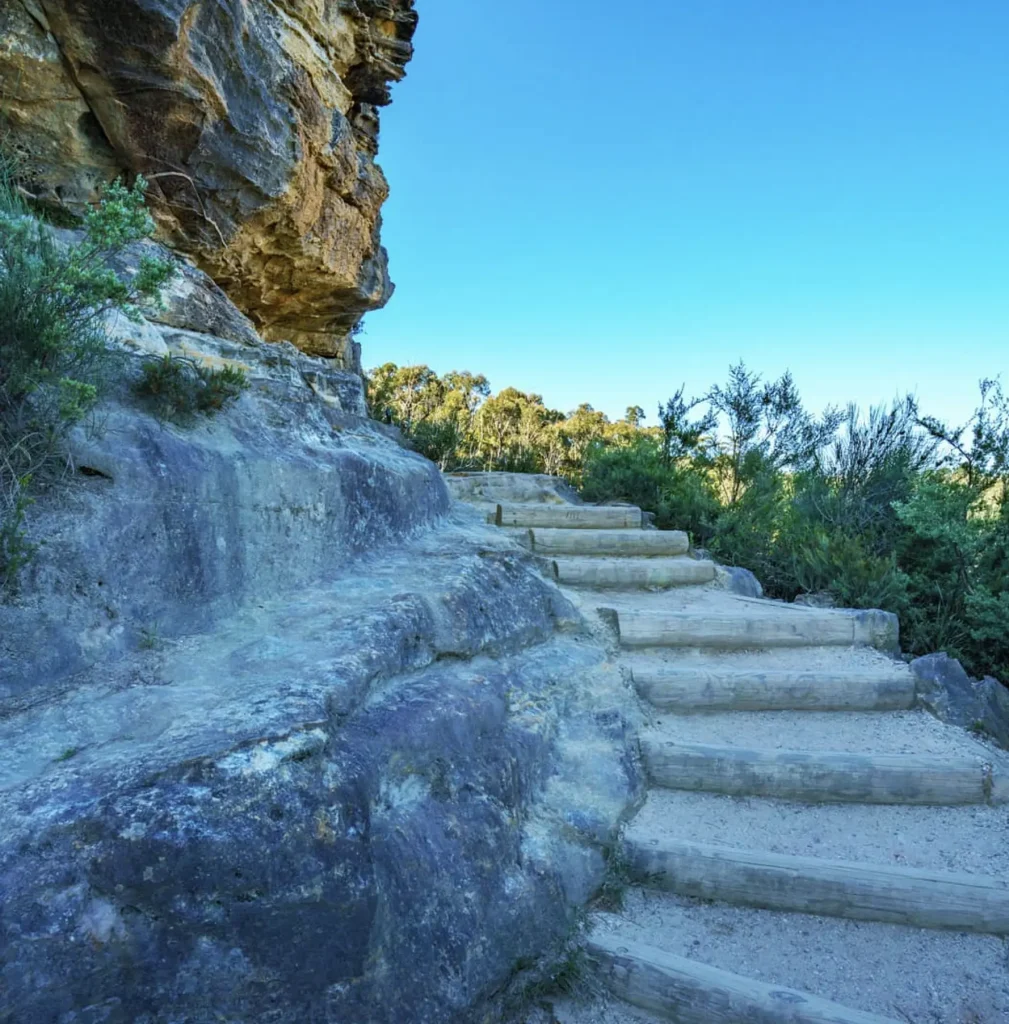
Outdoor Activities & Adventures
Scenic Railway
The Scenic Railway is one of the steepest passenger railways in the world that passes through a cliffside tunnel for an exciting descent into Jamison Valley. It provides amazing views over the valley and should be included on every Blue Mountains itinerary – especially if you want to see some unique landscapes! Originally built as a coal and kerosene transportation system, this railway has been transformed into a popular tourist attraction with lots of history related to local heritage.
Mountain Biking
Blue Mountains is a sanctuary for bikers. There are various paths to fit all skill levels so that riders can traverse through the rough landscape while inhaling fresh air from the mountains. Two of these popular tracks include Woodford-Oaks Trail and Anderson’s Fire Trail which have tough routes with beautiful views along them. For those who want hassle-free experience without bringing their own gear, local rental shops and guided Blue Mountains tours are available.
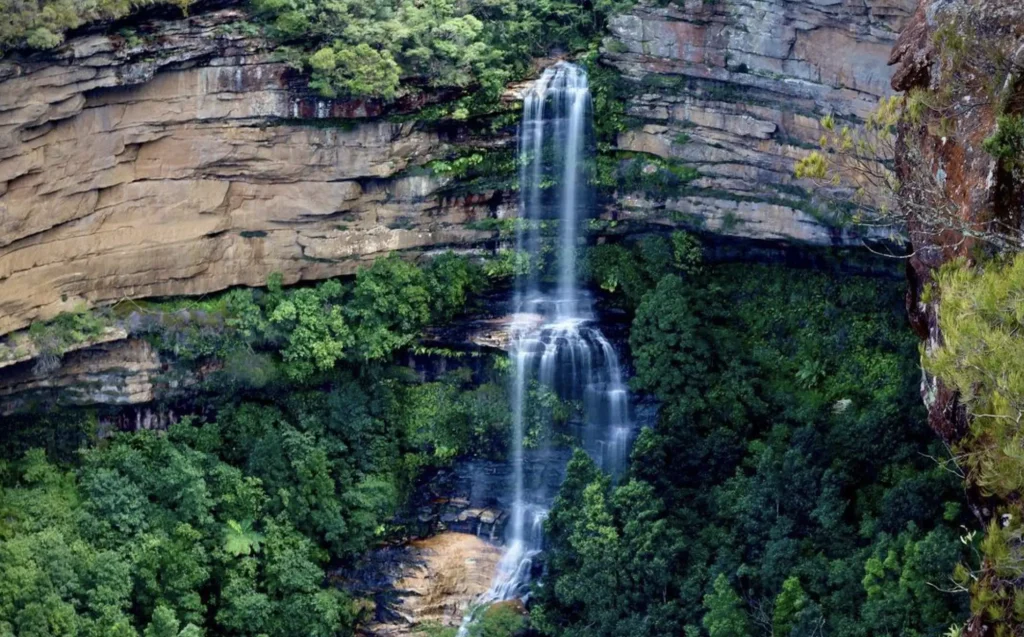
Rock Climbing and Abseiling
Climbing rocks and abseiling in Blue Mountains provides an adventurous feeling mixed with breathtaking sceneries. There are many climbing routes suitable for beginners as well as advanced climbers because this place offers diversified options when it comes to rock formations used during ascent. To ensure safety of participants professional guides work there too, advising on best practices while ascending or descending cliffs made out of sandstone – which happens only once in a lifetime!
Dining and Local Produce
Best Restaurants and Cafes
Gourmet restaurants to cute cafes are offered in the Blue Mountains region. A focus on utilizing homegrown food is what many of them have in common which guarantees the dishes they serve are fresh and delicious. Among the most notable places are Darley’s Restaurant at Lilianfels as well as Boiler House Restaurant at Hydro Majestic.
Local Markets and Food Festivals
Farmers’ markets are hosted frequently along with other food festivals where visitors can try out fresh produce or locally made goods prepared by artisans. These events provide an opportunity for people to get a taste of what it’s like living off land here while also meeting those who grow it.
Wineries and Breweries
Winemaking establishments aren’t limited only within vineyards but also extend into areas such as brewing craft beers too; therefore there is no shortage when it comes choosing your preferred wine tasting spot or brewery hopping route through some beautiful cellar doors overlooking stunning views – Megalong Creek Estate being one example among many others like Hillbilly Cider.
Practical Information for Visitors
Entry Fees and Permits
Scenic World, Jenolan Caves charge entrance fees unlike natural attractions which don’t charge any fee for entry although camping may attract additional charges depending on whether there’re permits required or not especially if done within protected zones hence before visiting such places make sure you find out about any necessary permit(s).

Safety and Health Precautions
Outdoor activities could be risky thus visitors need to be cautious. It’s important that safety instructions should always be followed, carrying a first aid kit plus extra clothes because weather changes unpredictably sometimes so fast while informing someone your plan – expected return time particularly applies when hiking alone far off from civilization or venturing into remote regions where rescue mission might take longer than usual due to difficult terrains encountered during such missions.
Essential Packing List
Clothing: Layered clothing (for different weather conditions), waterproof jacket, hat (sun protection), and good walking shoes.
Gear: Map(s), compass, torch/flashlight, reusable water bottle(s), and snacks.
Other Essentials: Sunscreen lotion/cream, insect repellent (spray/cream), and camera.
Accessibility for Visitors with Disabilities
Disabled people can visit most tourist attractions in this region easily but it is advisable that one checks specific sites regarding available facilities which may cater to their needs or provide convenience during the visit.
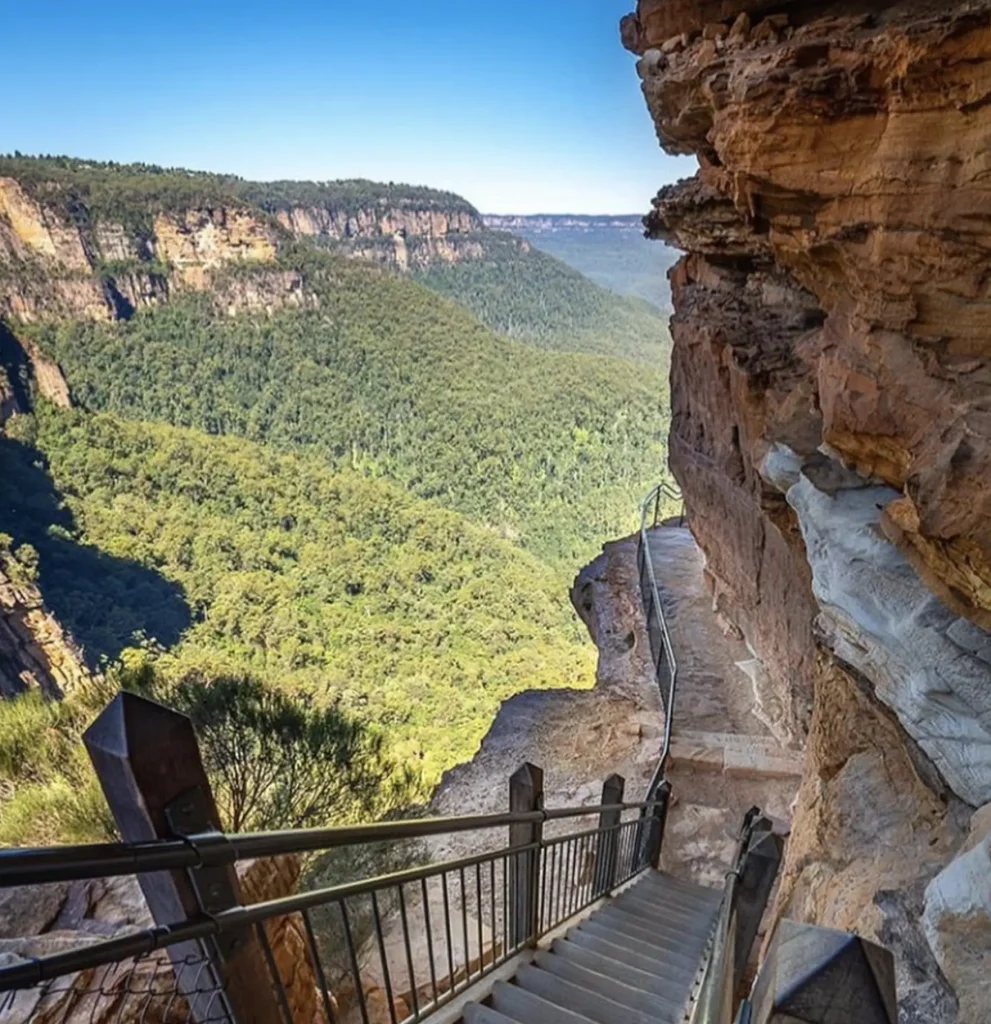
Conclusion
Summary of Key Points
The Blue Mountains region has stunning nature spots coupled with outdoor activities and cultural events. It ranges from the famous Three Sisters at Echo Point Lookout to tranquil Leura Cascades among other beautiful places like historic towns scattered all over this scenic area. Its unique geological features interwoven into diverse flora-fauna systems reflecting deep historical roots make it an ideal destination worth visiting time after time again and again.
Final Tips for a Memorable Visit
Time your travel according to season; pack accordingly due to unpredictable weather patterns; try both well-known attractions plus hidden gems. Whether you are an adrenaline junkie looking forward to heart-pounding thrills or just seeking relaxation or cultural enrichment amidst breathtaking sceneries – Blue Mountains got ya covered!
What is the best Blue Mountains tour?
There are all kinds of Blue Mountain tours. Here’s some of the best we recommend:
Blue Mountains sunset tour: This full-day tour covers Scenic World, Sydney Zoo and ferry back to Sydney. It includes several lookouts, features the world’s steepest railway and a guided walk through the rainforest (Autopia Tours).
Blue Mountains Tour: Explore at your own pace with this flexible tour that includes access to Scenic World’s Skyway, Railway, Walkway and Cableway which offers panoramic views as well as easy access to various attractions (https://bluemountainstour.com.au/).
Scenic Blue Mountains Tour: This complete experience has rides for you in Scenic World while also taking you on waterfall visits then ending up at a wildlife park where kangaroos may be seen along side koalas too! (Wildlife Tours).
These tours will give visitors an original immersion into their time spent within The Blue Mountains which guarantees unforgettable memories made during this trip!
FAQs
What makes the Blue Mountains special?
The Blue Mountains have incredible landscapes as well as high levels of biodiversity together with rich cultural heritage making them unique worldwide. In addition, their name derives from blue haze produced by their vast eucalyptus forests when viewed from a distance on sunny days giving rise to these misty hills’ characteristic coloration hues enveloping entire ranges around them thus creating a visual spectacle indeed worth experiencing firsthand too!
Where are the Blue Mountains located?
Situated about 80 kilometers westward from Sydney CBD in New South Wales Australia – The Blue Mountains of NSW await your arrival!
When is the best time to visit the Blue Mountains?
The best season to visit largely depends on personal preferences though in spring and autumn weather is mild thus pleasant also providing beautiful views but if you want snow then winter would be ideal.
Does it snow in the Blue Mountains?
Yes sometimes especially during colder months particularly at higher altitudes such as Katoomba or Blackheath.
What is the coldest month in Blue Mountains?
The month of July is usually the coldest in Blue Mountains, where temperatures often fall below freezing at night in higher areas.
Now equipped with these ideas and suggestions, you are ready to embark on an experience of a lifetime in the Blue Mountains. There is always something new waiting for you there no matter if this is your first or second visit to this marvelous part of Australia.
